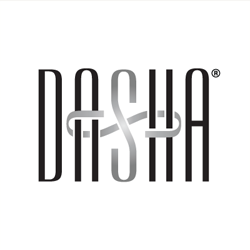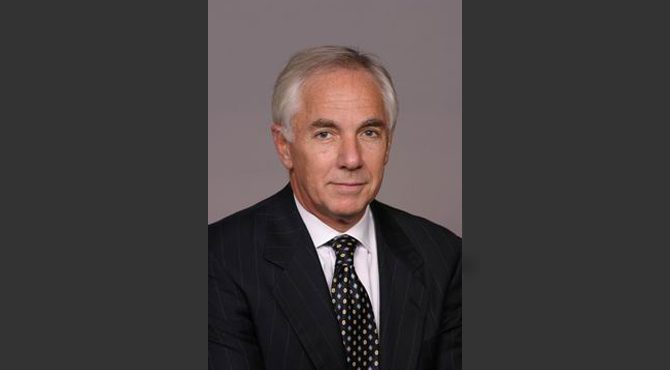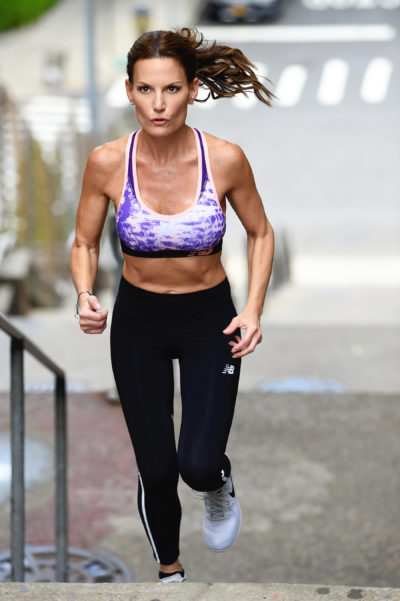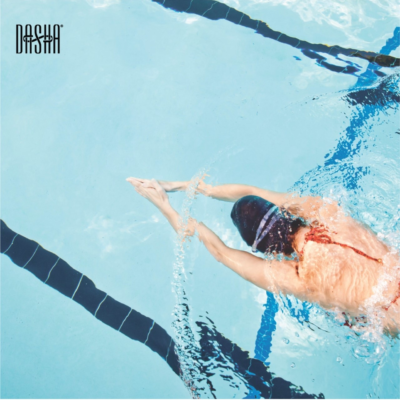October is Breast Cancer Awareness month, and DASHA is encouraging women of all ages to educate themselves about their breasts. We asked Dr. Lawrence Reed of The Reed Center for Plastic Surgery on the Upper East Side in Manhattan to answer our questions about breast reconstruction surgery. We’re sharing his answers with you, and hope you will help spread the word amongst other women in your community. The more we know, the greater our wellness.
DASHA: Can you describe some of the physical and emotional trauma associated with breast cancer?
DR. REED: There are myriad physical and emotional repercussions for any woman having a diagnosis of breast cancer. From an emotional standpoint, there is, of course, the need for the patient to deal with the very nature of the words “breast cancer” in the first place. Fortunately, in the last fifteen years in particular, the movement to advance awareness of breast cancer has grown, as has the number of support groups for those seeking help & assistance in dealing with the diagnosis. Most patients will already have some understanding of the disease process and many patients will have a close friend or relative who will unselfishly serve to help guide the patient through the process she must undergo.
It is helpful if the patient can find a safe, nonjudgmental, understanding atmosphere in which she can give voice to her most personal fears and worries while still being encouraged to maintain a positive, affirmative attitude. She will need to recognize that her life may change as a result of the disease and in relationships with family and friends. Physically, the patient will need to deal with the fact there may be alterations to the breasts at the very least due to chemotherapy or radiotherapy. Other changes may occur following biopsies or one of the various modes of mastectomies, including nipple-sparing mastectomies, simple mastectomies and more radical methods of ablation.
DASHA: Who is a good candidate for breast reconstruction surgery?
DR. REED: With today’s technological advances, almost every woman is a good candidate for breast reconstruction, should she desire it, in some form. However, a good candidate for breast reconstruction is one who understands both the benefits and limitations of the field. Whether the breast is reconstructed using one’s own tissue or by use of implants, it is never a functional breast, but it can be an aesthetically pleasing and very realistic breast and this is, in fact, the endpoint.
One must consider the patient’s body type, breast shape, whether or not radiotherapy and/or chemotherapy were required, and, of course, the ultimate desires of the patient. There are, in fact, women who do not opt for breast reconstruction. This is a perfectly understandable, acceptable and personal decision which the patient may ultimately come to on her own, although she may consider the input of close family and dear friends.
DASHA: Are there any post-mastectomy patients who are not candidates for breast reconstruction surgery?
DR. REED: There are very few post-mastectomy patients, who are in otherwise good health, who are not good candidates for breast reconstruction. Modern technological advances allow almost everyone to fit into a reconstructive pattern that is amenable to their needs. Advances in radiotherapy, when required, have greatly minimized the problems it used to engender for obtaining a good reconstructive result and the advances in chemotherapy have also helped. Technological advances in breast reconstruction including the use of free flap transfer of skin and fat have allowed almost everyone to be a candidate for a very acceptable breast reconstruction.
DASHA: When in the timeline does breast reconstruction surgery come into the picture after a mastectomy?
DR. REED: The timeline depends on the nature of the disease. Many women, for example, will undergo a nipple sparing mastectomy and either begin reconstruction using tissue expanders of expanders or, more frequently, undergo an immediate definitive reconstruction using an implant and acellular dermal matrix of some sort. This, in fact, can be a one stage procedure, though in my experience it is almost always necessary to go back to do several more stages to create a more perfect appearance.
Certainly, if someone is a candidate for chemotherapy or radiotherapy, flap reconstruction may be delayed, although it can sometimes be performed at the same time, using either vascularized flaps such as abdominal fascia muscle flaps or flaps from the back, (latissimus dorsi) or free flap transfers from the abdomen or infra-gluteal area. Most patients who desire reconstruction would like to have it accomplished as soon as possible.
DASHA: What types of things can post-mastectomy breast reduction surgery correct?
DR. REED: If a person has unilateral breast cancer, it is very often necessary to modify the normal breast to create symmetry. This can include anything from a reduction mammoplasty to a simple breast lift, to an augmentation to make the breast of appropriate size. It is usually necessary to modify to some degree the normal non-involved breast to make it symmetrical with the reconstructed breast. Certainly, breast reduction is a part of that picture.
DASHA: What are the risks associated with breast reconstructive surgery?
DR. REED: The risks of breast reconstruction are comparable to that of most, non-minor, elective surgeries. There is always a risk for bleeding and infection; there can be nerve damage, and there can be bad scarring. There is always a chance of failure of the implant positioning and the need for secondary procedures with a loss of flap tissue that has to be revised. These risks and considerations attendant to breast reconstruction should be thoroughly reviewed with the patient before surgery. Many patients find it helpful to come back for a secondary or tertiary consultation after they have had time to digest the information initially imparted to them.
DASHA: What type of implants do you use?
DR. REED: Today we are using with greater frequency the tear drop or anatomical silicone implants, including the 410s from Natrelle, the Sientra anatomical implant, and Mentor Memory implants. These are all anatomical form stabilized highly cohesive implants and have great applicability in most breast reconstructive surgical procedures. I find that the anatomically shaped implants have a definite role in breast reconstruction as they do now in augmentations as well. But again, all these implants are currently approved for widespread usage in this country.
DASHA: Are there any common myths about breast reconstructive surgery that you wish to dispel?
DR. REED: I am not aware of any particularly pervasive myths concerning breast reconstruction. However, I will address three issues:
- I always tell my patients that perfect symmetry may not be obtainable, although most breasts are not symmetrical to begin with.
- I emphasize that there will definitely be loss of sensation to the nipple on the reconstructed breast even in a nipple sparing technique.
- All patients should be aware that there are usually multiple procedures that have to be done to get a more perfect result. These may involve either revisions or repositioning of the implant, revisions of the flaps, further insetting of flaps, and other procedures as well.
DASHA: What else does your office do, in addition to breast reconstruction surgery?
DR. REED: I perform a full spectrum of aesthetic plastic surgery and reconstructive surgery, specifically in head and neck reconstruction and breast reconstruction. I was very fortunate at the beginning of my practice to work with Dr. Henry Patrick Leis, who was one of the foremost breast cancer surgeons in New York City and certainly in the country. At that time, I did most of his reconstruction, so I was introduced to the field at an early age. I find it to be among the most gratifying surgery I do, albeit there are challenges along the way. As a rule, it is very satisfying not only for the patient, but for the operating surgeon as well.
DASHA wellness & spa is a luxury lifestyle brand and New York City-based wellness center created to offer a truly holistic approach to wellness. To learn more, visit dashawellness.com.






